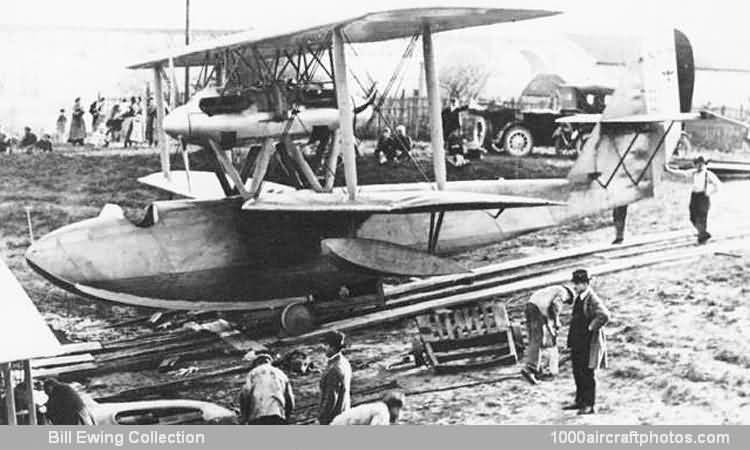The three-seat CAMS 33B coastal reconnaissance flying boat was of wooden construction and based on a slender plywood-covered hull carrying a fabric covered biplane wing cellule that supported the tandem push-pull arrangement of two 215 hp Hispano-Suiza 8Fg in-line engines.
The first of two CAMS 33 prototypes had flown in the spring of 1923 with a round bow, while the second machine featured the pointed bow with gunner's position that was adopted for the naval type. The bow gunner's position, with a pair of trainable 0.303 in (7.7 mm) machine guns, was complemented by a dorsal position with a similar pair of trainable machine guns. A typical Conflenti feature was the wing cellule, in which the flat upper wing was complemented by a sharply dihedralled lower wing.
The success of the CAMS 33B in the 1923 competition was sealed by an order for twelve flying boats that served at Cherbourg in northern France with Escadrille 1S1. In 1925, Yugoslavia bought six similar flying boats."
